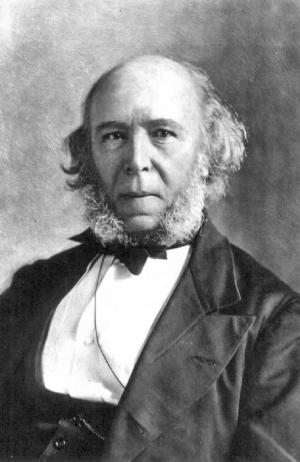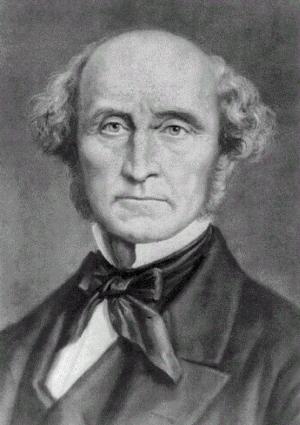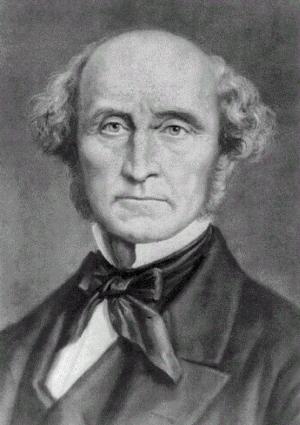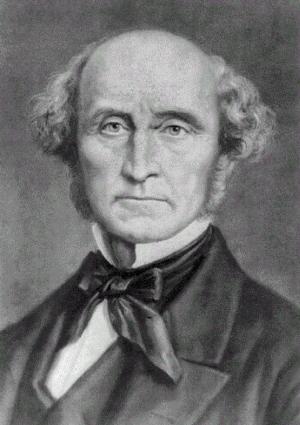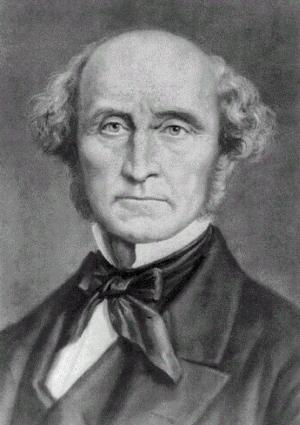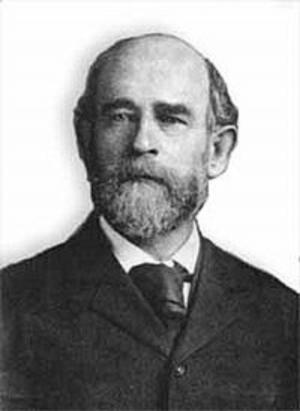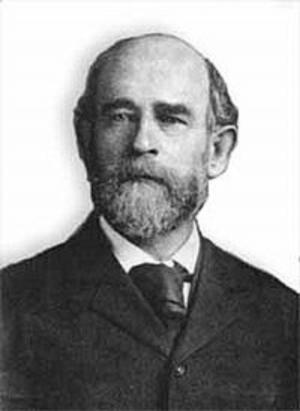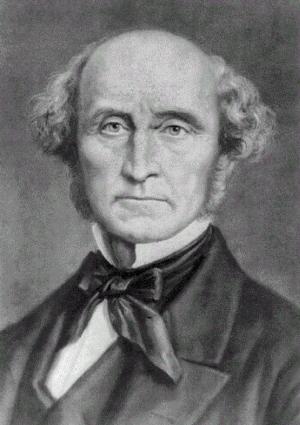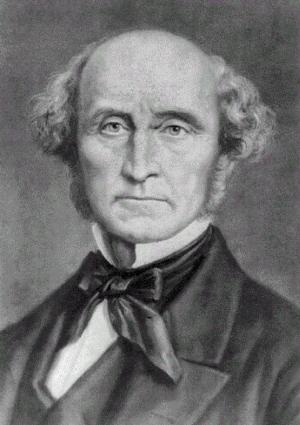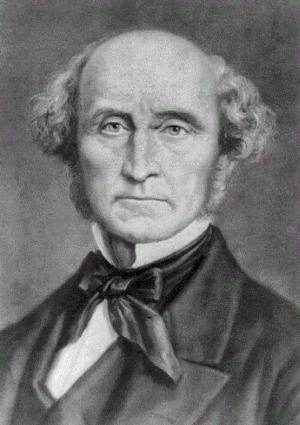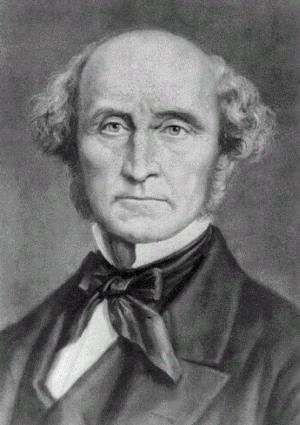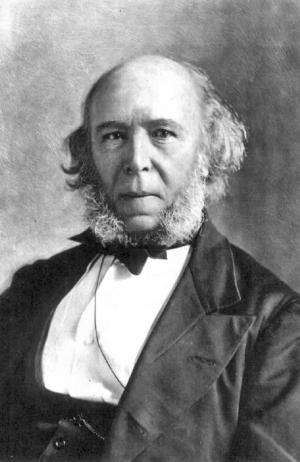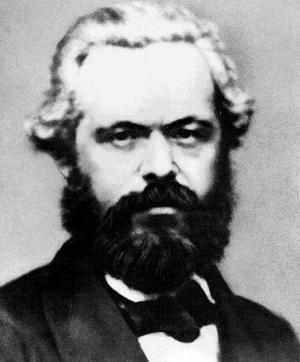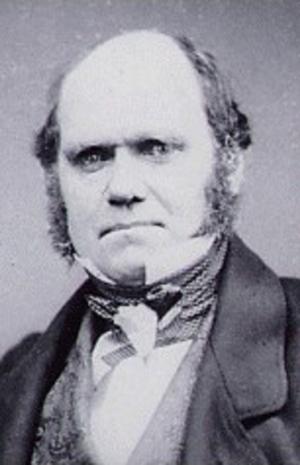The Wealth of Nations (Illustrated and Bundled with TWO TREATISES OF GOVERNMENT)
Business & Finance, Economics, Macroeconomics, Theory of Economics| Author: | Adam Smith, John Locke | ISBN: | 1230000266505 |
| Publisher: | AS Team | Publication: | September 7, 2014 |
| Imprint: | Language: | English |
| Author: | Adam Smith, John Locke |
| ISBN: | 1230000266505 |
| Publisher: | AS Team |
| Publication: | September 7, 2014 |
| Imprint: | |
| Language: | English |
The book has an active table of contents to access each chapter of the following titles:
1. THE WEALTH OF NATIONS – ADAM SMITH
2. TWO TREATISES OF GOVERNMENT – JOHN LOCKE
The similarities between Adam Smith and John Locke are both economic liberalists. They both believed that the value of things comes from the people. The social contract theory by John Locke explains this. Their differences however are their methods of going about doing things as well as their locations in life.
John Locke defined tyranny as “…the exercise of power beyond right, which nobody can have a right to; and this is making use of the power any one has in his hands, not for the good of those who are under it, but for his own private, separate advantage.”
What set Adam Smith’s work apart was the follows:
1) He believed that self-interest is God's providence
2) If government is away from interfering with free competition, the invisible hand of capitalism would emerge from the competing claims of individual self-interest
3) Free market problems would be resolved and maximum efficiency reached
In Adam Smith’s book “The Wealth of Nations” Adam Smith segued off of John Locke’s writings and stayed off of most topics covered by his two treatises. He argued that when it came to business the seeking of “private, separate, advantage” by businessmen was actually a public good!
The invisible hand of the market in economics is to describe the self-regulating behavior of the marketplace. Adam Smith first introduced the concept of invisible hand of the market in The Theory of Moral Sentiments, written in 1759. The idea of markets automatically channeling self-interest toward socially desirable ends becomes the foundation of the theory of small government today in the world.
For Locke and Smith, they reasoned from different perspectives and agreed that a social system that each person is born with equality is the essential natural right to ensure free market competition.
Reasoning by Smith and Locke still remains as relevant today as it was then. This book is one of the most important ones about the deepest thoughts of moral and free market by Adam Smith and John Locke, two of the greatest thinkers of political economics on the planet.
After more than two centuries, the works by Smith and Locke still stand as the best statement and defense of the fundamental principles of capitalism. The book is already read more than two hundred years and it will still be read for another century due to its truths.
The book has an active table of contents to access each chapter of the following titles:
1. THE WEALTH OF NATIONS – ADAM SMITH
2. TWO TREATISES OF GOVERNMENT – JOHN LOCKE
The similarities between Adam Smith and John Locke are both economic liberalists. They both believed that the value of things comes from the people. The social contract theory by John Locke explains this. Their differences however are their methods of going about doing things as well as their locations in life.
John Locke defined tyranny as “…the exercise of power beyond right, which nobody can have a right to; and this is making use of the power any one has in his hands, not for the good of those who are under it, but for his own private, separate advantage.”
What set Adam Smith’s work apart was the follows:
1) He believed that self-interest is God's providence
2) If government is away from interfering with free competition, the invisible hand of capitalism would emerge from the competing claims of individual self-interest
3) Free market problems would be resolved and maximum efficiency reached
In Adam Smith’s book “The Wealth of Nations” Adam Smith segued off of John Locke’s writings and stayed off of most topics covered by his two treatises. He argued that when it came to business the seeking of “private, separate, advantage” by businessmen was actually a public good!
The invisible hand of the market in economics is to describe the self-regulating behavior of the marketplace. Adam Smith first introduced the concept of invisible hand of the market in The Theory of Moral Sentiments, written in 1759. The idea of markets automatically channeling self-interest toward socially desirable ends becomes the foundation of the theory of small government today in the world.
For Locke and Smith, they reasoned from different perspectives and agreed that a social system that each person is born with equality is the essential natural right to ensure free market competition.
Reasoning by Smith and Locke still remains as relevant today as it was then. This book is one of the most important ones about the deepest thoughts of moral and free market by Adam Smith and John Locke, two of the greatest thinkers of political economics on the planet.
After more than two centuries, the works by Smith and Locke still stand as the best statement and defense of the fundamental principles of capitalism. The book is already read more than two hundred years and it will still be read for another century due to its truths.


